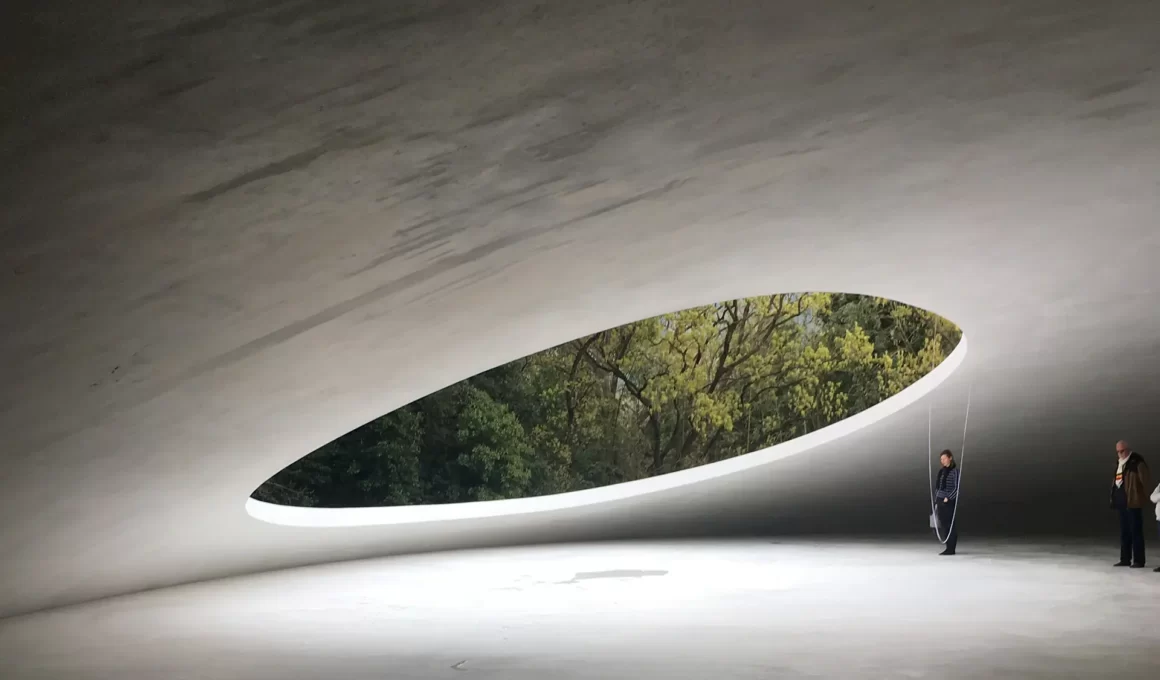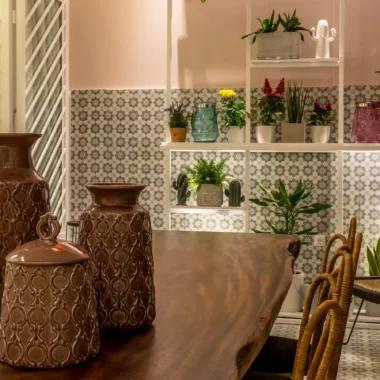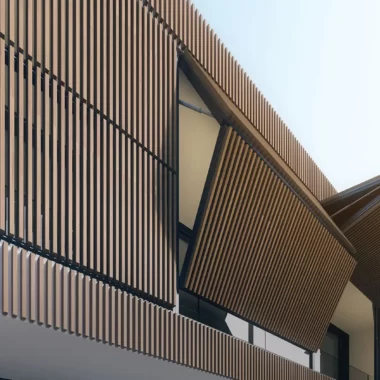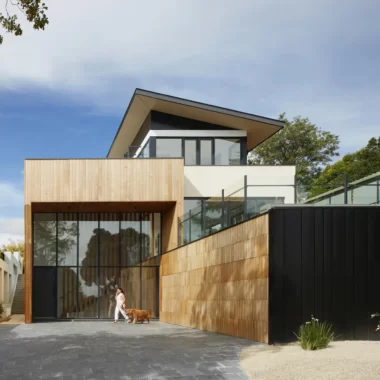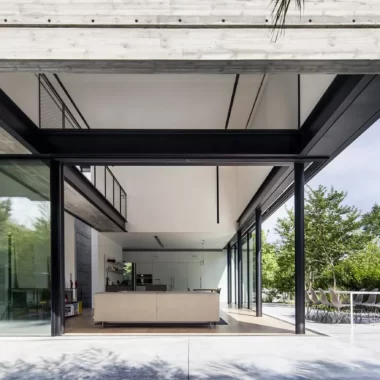Exposure to nature and establishing a connection with the physical environment that surrounding us has never been more important than it is today. This century we’re spending more time than ever before indoors and away from the natural world.
What this means is we’re missing out on the essential psychological and physiological benefits that exposure to plants, fresh air, mountains and bodies of water provide us with.
Table of Contents
A Force for the Future of Architectural Design
Biophilia is well-defined as the distinctive human instinct to connect with nature and other living beings. The term is derived from the Greek words for “life” and “friendship or affection;” making its literal translation “highest form of love for life.” This concept is critically important to biophilic design, which uses and evaluates natural materials, patterns, and singularities to maintain a connection to nature within the built environment.
However, biophilia is more than just a philosophy—biophilic design has been found to support building’s operational efficiency, physical health, comfort and psychological well-being. Since the average citizen in Europe spends approximately 90 per cent of their life indoors, implementing and integrating biophilic design concepts in the built environment would have noteworthy results.
Biophilic Design Nature Types
A successful biophilic architectural concept/design usually involves three main nature types:
- Nature in the Space which is usually associated with the direct presence of nature in a space in the form of plants, bodies of water, breeze, aromas, light, shadows, and other natural elements.
- Natural Analogues. The depictive presence of nature with earth materials, patterns, objects, colors, and shapes selected and incorporated into building design and interiors.
- Nature of the Space. The synergistic integration of spatial elements frequently found in nature such as extensive views, geometrical shapes and areas.
Another distinguishing feature of biophilic design is its emphasis on the overall setting or habitat and NOT a single or isolated occurrence of nature. All organisms exist within connected and related environments bound together as integrated wholes or ecosystems. When the habitat functions in the best interests of the organism, the ecosystem performs at a level greater than the sum of its individual parts.
By contrast, habitats comprised of disconnected and unrelated elements provide few benefits to their constituents and may even harm individual members. Thus, simply inserting an object of nature into a human-built environment, if unrelated or at variance with other more dominant characteristics of the setting, exert a little positive impact on the health and performance of the people who occupy these spaces.
Simple Ways to Apply Biophilic Principles to a Living Space of Construction
Biophilic design does not require a large budget or versatile space and although biophilia is still, at its core, a philosophical idea, there are tangible, real-life benefits associated with it that make the process of constructing, designing and decorating buildings according to its principles worthwhile for all kind of structures.
There are numerous simple ways to apply and integrate a successful biophilic architectural concept into any living space:
- Open curtains and windows so that you realize the daily movement of light and allow dynamic air movement and natural fluctuations in temperature.
- If living in an area with high levels of traffic noise, you can install triple-glazing windows to live comfortably and stamp out the noise.
- Blurring the boundaries between the indoors and outdoors. You can also place easy-to-care-for indoor plants near frequently used areas.
Benefits of Biophilic Design
- Improved interior air quality and health.
- Increased mood and feeling of well-being.
- Improved productivity and comfort.
- Increased engagement.
- Reduced stress levels.
- Mental restoration & reduced fatigue.
Biophilia, and biophilic design specifically, is only expected to gain in popularity in the next decade – in Greece perhaps later. The philosophy has already achieved a new level of “boost” in recent years, however, there’s still plenty of room for growth as biophilia and biophilic design expand beyond interior design and architectural concepts and into new areas such as building operations, and property management.
DISCOVER MORE ABOUT SUSTAINABLE BUILDINGS & BIOPHILIC DESIGN IN CRETE, GREECE.
